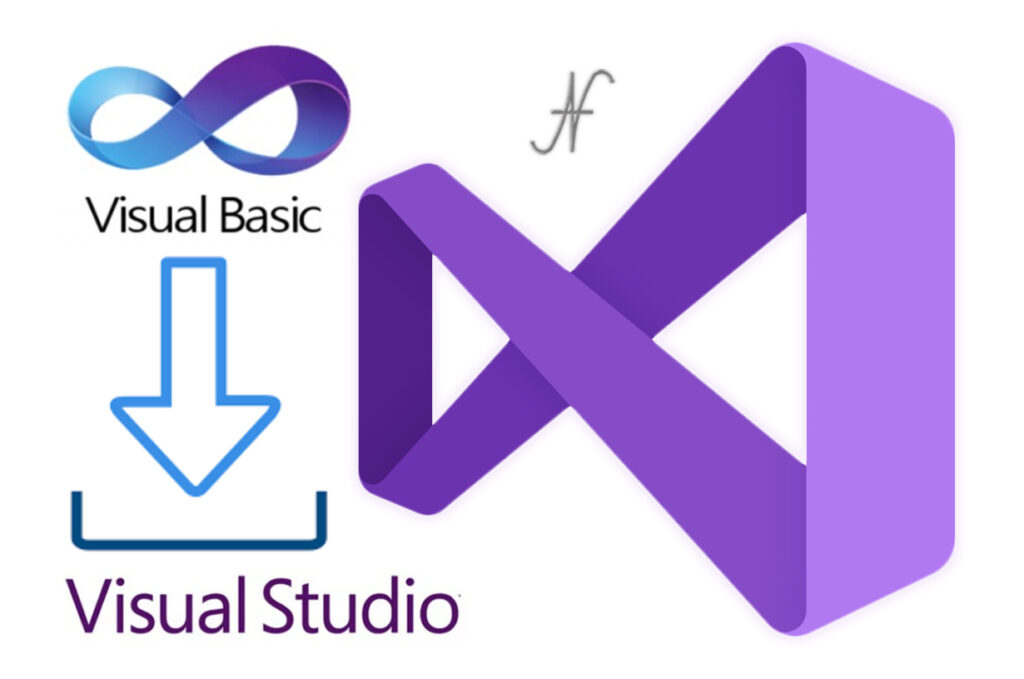
Free eBooks for Beginners
When working with programming languages such as Visual Basic .NET (VB.NET), it is often necessary to convert or parse a string into a date. This process, known as string to date conversion, allows you to take a string of text and turn it into a date object that can be used in your program. In this article, we will discuss the process of converting a string to a date in VB.NET and the different methods you can use to accomplish this task.
The first method for converting a string to a date in VB.NET is to use the DateTime.Parse() method. This method takes a string as an argument and converts it into a date object. The string must be in a specific format, known as the “invariant culture” format, which is determined by the operating system’s regional settings. For example, the invariant culture format for the United States is “MM/dd/yyyy”, whereas in the United Kingdom it is “dd/MM/yyyy”. To use the DateTime.Parse() method, you must pass in the string as an argument, and the method will return a date object.
Another method for converting a string to a date in VB.NET is to use the DateTime.ParseExact() method. This method works similarly to the DateTime.Parse() method, but it allows you to specify the format of the string, rather than relying on the invariant culture format. This means that you can convert a string in any format, as long as you know the format and provide it as an argument to the method. For example, if you have a string in the format “yyyy-MM-dd”, you can use the DateTime.ParseExact() method and pass in the format as an argument, and it will return a date object.
A third method for converting a string to a date in VB.NET is to use the DateTime.TryParse() method. This method works similarly to the DateTime.Parse() method, but it returns a Boolean value indicating whether the conversion was successful or not. For example, if you pass in a string in the format “MM/dd/yyyy”, and the string can be successfully converted to a date, the method will return True. If the string cannot be converted to a date, the method will return False.
Lastly, you can use the DateTime.TryParseExact() method, which is similar to the DateTime.TryParse() method, but it allows you to specify the format of the string. This method returns a Boolean value indicating whether the conversion was successful or not.
In conclusion, converting a string to a date in VB.NET is a common task that can be accomplished using several different methods. The DateTime.Parse() method, DateTime.ParseExact() method, DateTime.TryParse() method, and DateTime.TryParseExact() method are all useful for converting a string to a date, but each has its own specific use case. It is important to understand the differences between these methods and to choose the one that best suits your needs. Remember to always test your code thoroughly and to use comments to explain what your code is doing, so that others can understand it easily.
Cookbook – VisualBasic.NET for Beginners – Chapter 07 : Converting (Parsing) a String to a Date
 Loading...
Loading...
Disclaimer: The information and code presented within this recipe/tutorial is only for educational and coaching purposes for beginners and developers. Anyone can practice and apply the recipe/tutorial presented here, but the reader is taking full responsibility for his/her actions. The author (content curator) of this recipe (code / program) has made every effort to ensure the accuracy of the information was correct at time of publication. The author (content curator) does not assume and hereby disclaims any liability to any party for any loss, damage, or disruption caused by errors or omissions, whether such errors or omissions result from accident, negligence, or any other cause. The information presented here could also be found in public knowledge domains.
Learn by Coding: v-Tutorials on Applied Machine Learning and Data Science for Beginners